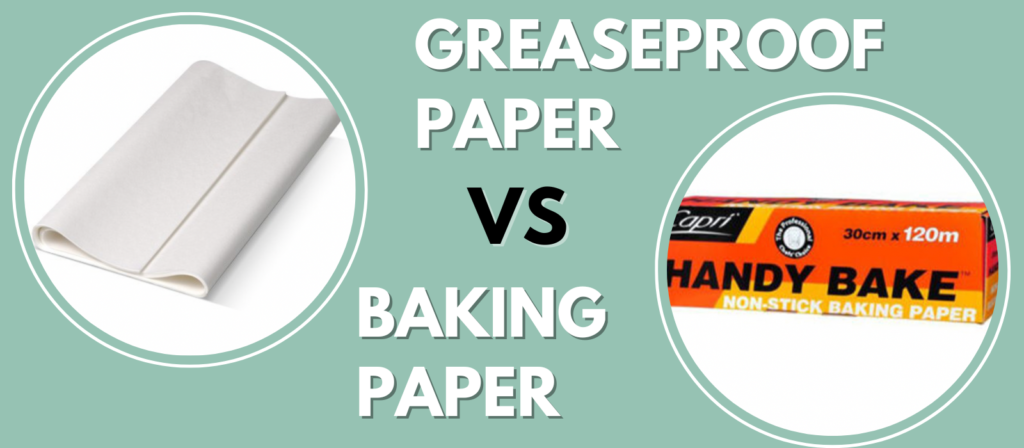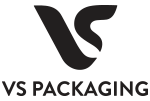
While most people don’t really think much about it, there is an actual ongoing debate between greaseproof paper vs baking paper. But you would find that people who work in the food industry, and even homemakers who are fond of cooking and baking would argue otherwise.
We’re here to demystify everything there is about these two commonly-used cooking materials in the kitchen, and to end the whole debate about greaseproof paper vs baking paper. So if you’re an aspiring cook, baker, or passionate foodie, continue reading to find out more.
What is Greaseproof paper?
Greaseproof paper is a type of paper that is resistant to oil and grease, hence the name. Due to its impermeable properties, it’s the common choice used in cooking and food packaging.
Greaseproof paper sheets are manufactured through an elaborate process that involves refining the paper stock, creating a sheet with low porosity. It’s treated with other substances such as starch, alginates, or carboxymethyl cellulose (CMC)—a common ingredient used in baking and making candy.
In pastry-making, greaseproof paper is used to separate cake layers, cookies, and other baked goods and can be used in the freezer or microwave without any issues.
What is baking paper?
Baking paper comes in various names. Most often, it is also referred to as “parchment paper,” “bakery release paper,” or “silicone paper.” This type of baking sheet has properties that make it non-stick, grease-proof, and humidity-resistant.
Baking paper or vegetable parchment paper is created using a thorough process by running sheets of paper pulp through sulfuric acid, a technique that is done similarly with tracing paper.
Similar to greaseproof paper, it is used to line up sheet pans when baking for minimal clean-up. Baking paper is also used for a cooking method called “en papillote,” in which food is steamed within enclosed parchment paper pouches.
“The sole difference between greaseproof paper vs baking paper is that greaseproof paper is treated with wax.”
Difference Between Greaseproof and Baking Paper
Are you still confused regarding the main differences between greaseproof and baking paper? Distinguishing which is which may be quite confusing, but not when you have the guide below.
Greaseproof paper
- Produced with pulp then tightly beaten to achieve its impermeable properties.
- Used to line cartons or bakery shelves.
- Used for takeaway boxes to avoid grease and liquid from seeping through.
- Not advisable for baking or exposure to extremely high heat.
- Mostly used for packaging and sanitary purposes in food preparation.
Baking paper
- Paper sheet treated with silicone.
- Referred to as “parchment paper” as it resembles old parchment paper.
- Can withstand heat up to 230 degrees
- Has non-stick properties ideal for baking with greasy and sticky items like sugar, cheese, or butter.
Where To Buy The Best Greaseproof Paper in Sydney
Finding the best greaseproof paper near me can be challenging, especially with many inferior-quality and fake products circulating everywhere. The good thing is there are reliable suppliers you can find online where you can source a wide variety of greaseproof and baking papers.
VS Packaging does just that. Starting at only AUD15 (plus GST), you can get premium greaseproof papers for your cooking and food packaging needs. Available in ½ cut, ⅓ cut, and full cut, you can pick the right size for your specific need and purpose.
Our greaseproof paper is perfect for food production or food packaging to keep your product fresh, and presentable minus the greasy feel! Drop by our shop at Unit 2/B, Homepride Ave., Warwick Farm, NSW 2170. Or contact our Packaging and Paper Specialist at sales@vspackaging.com.au!

